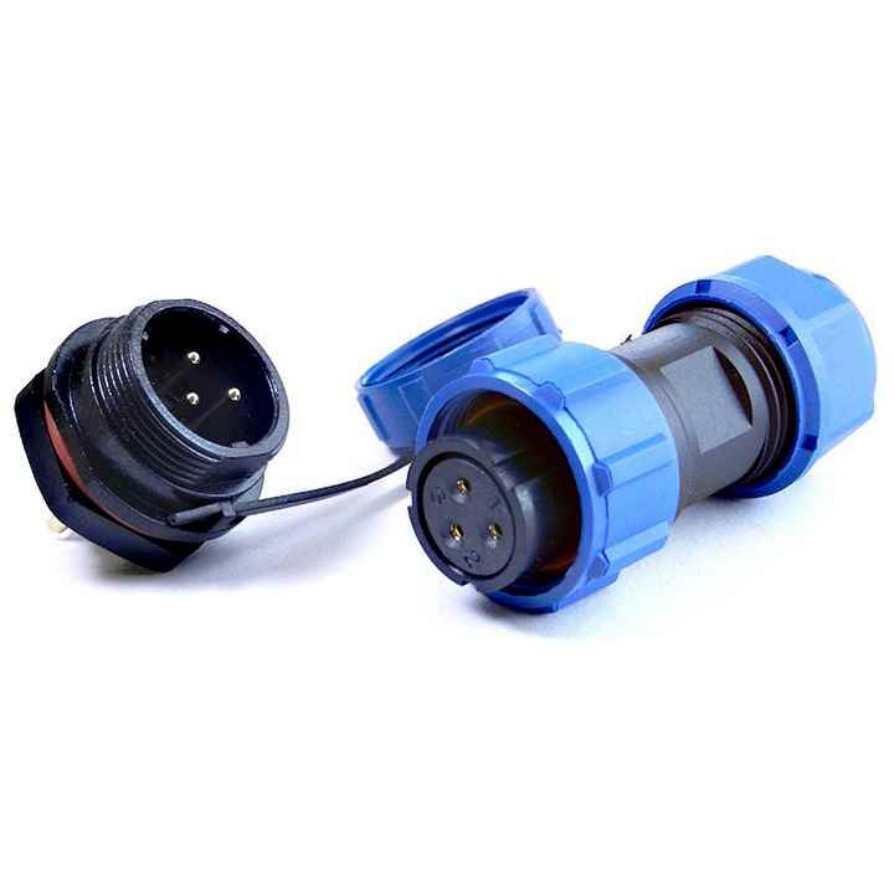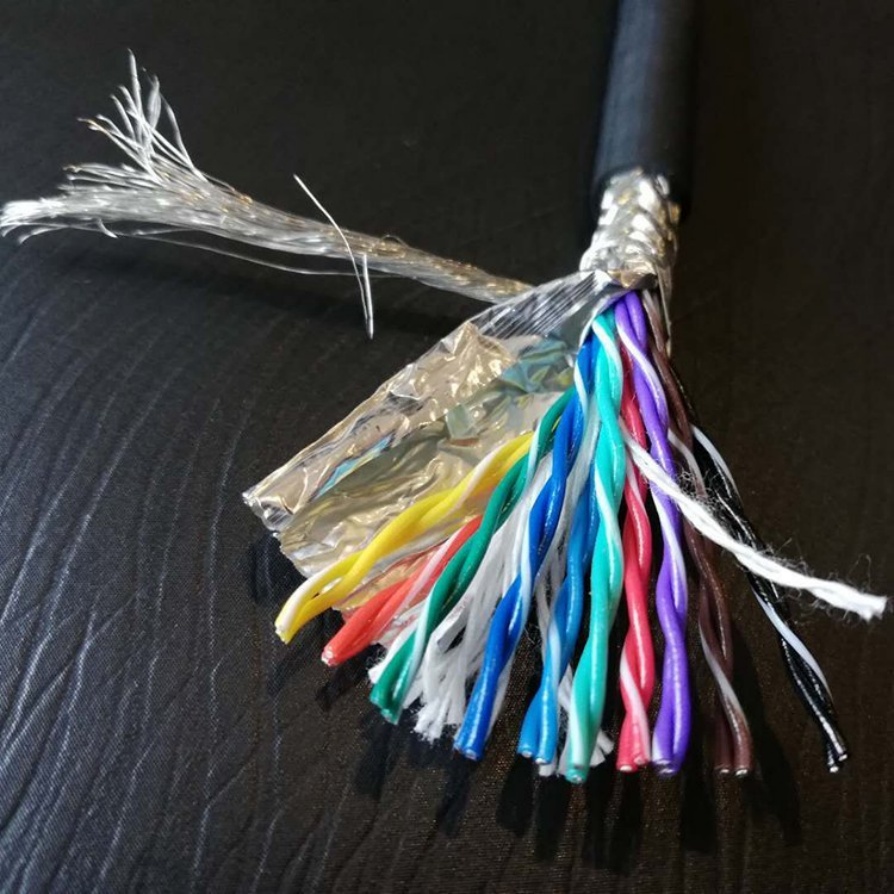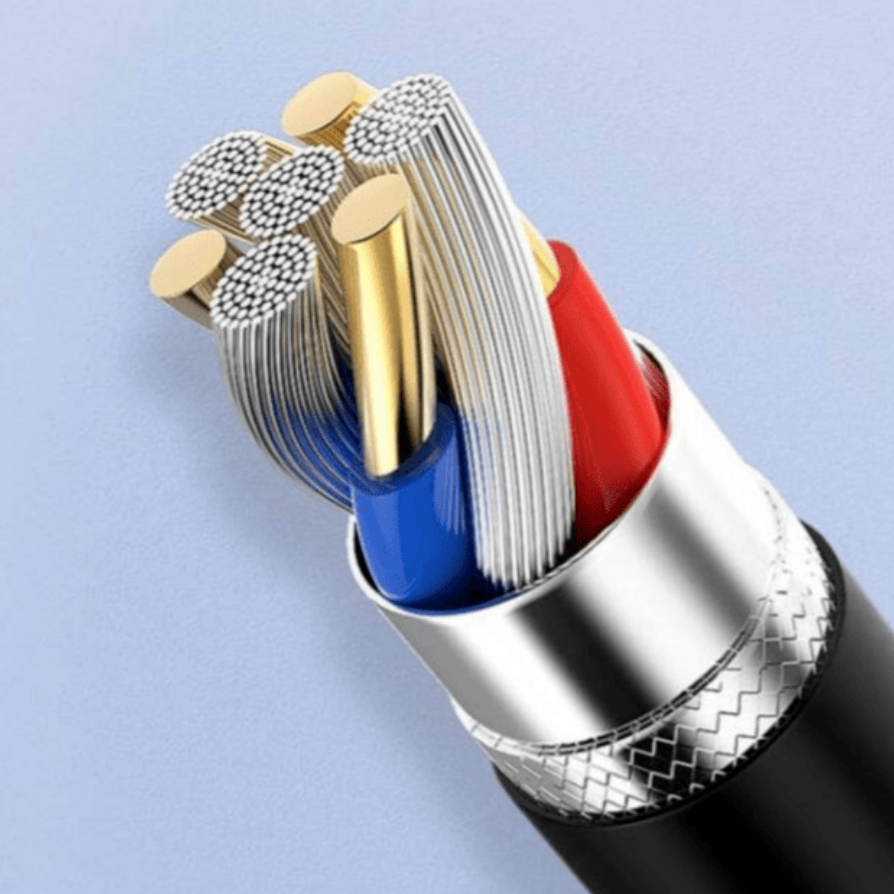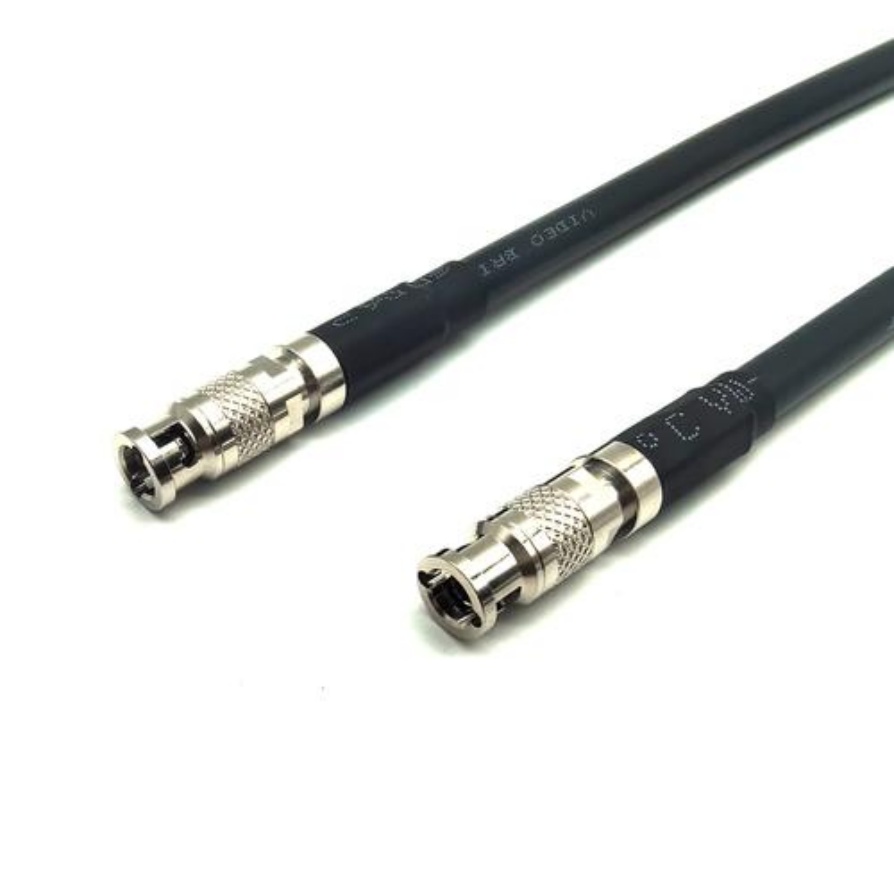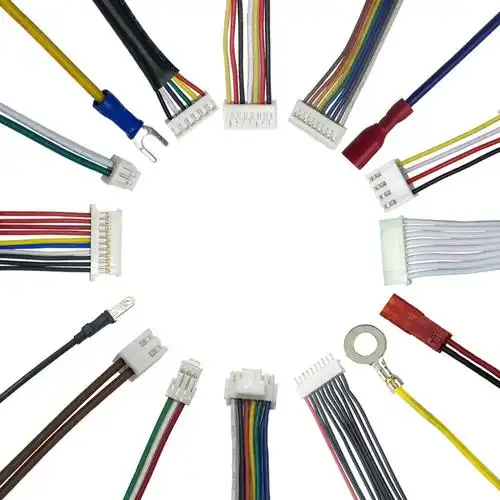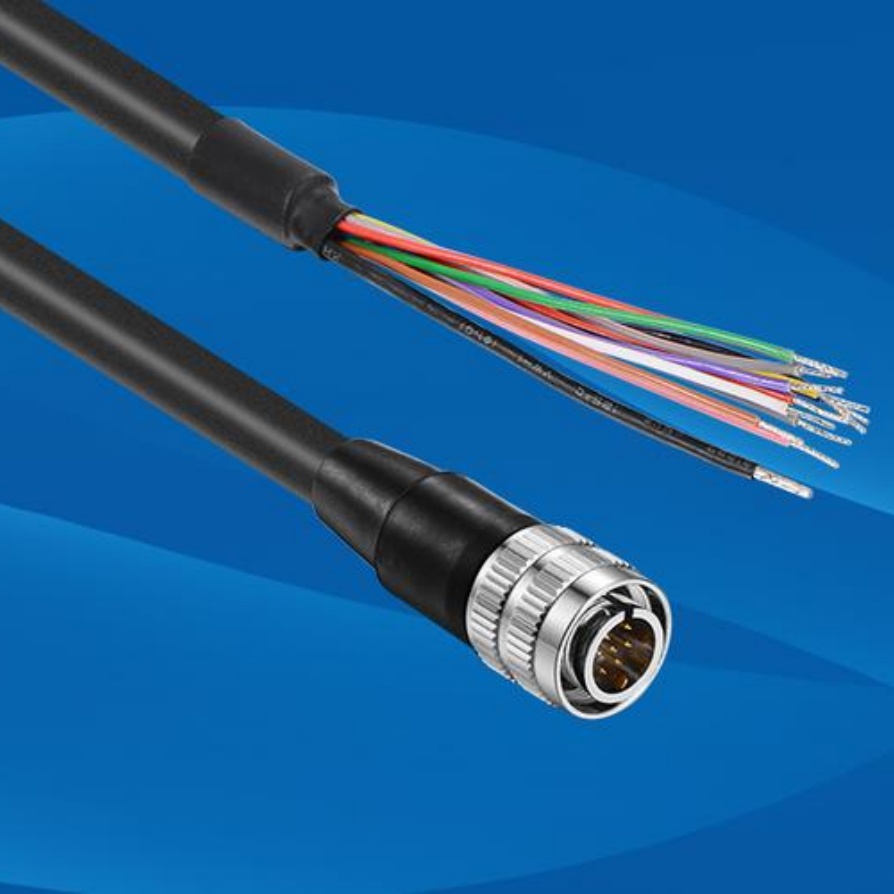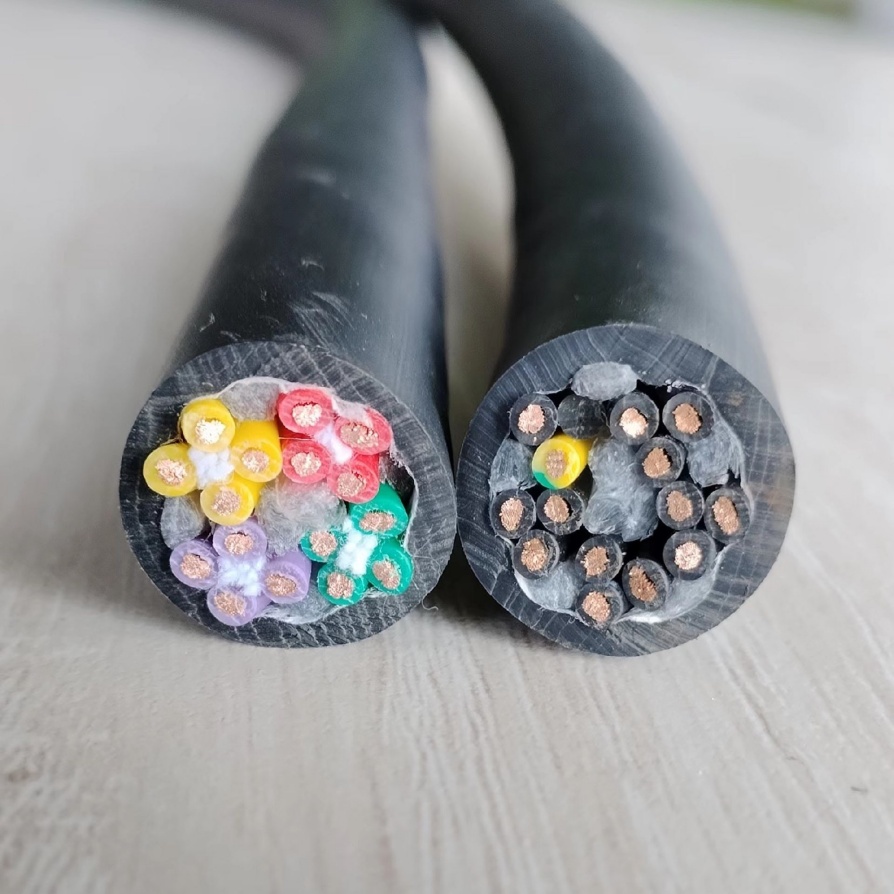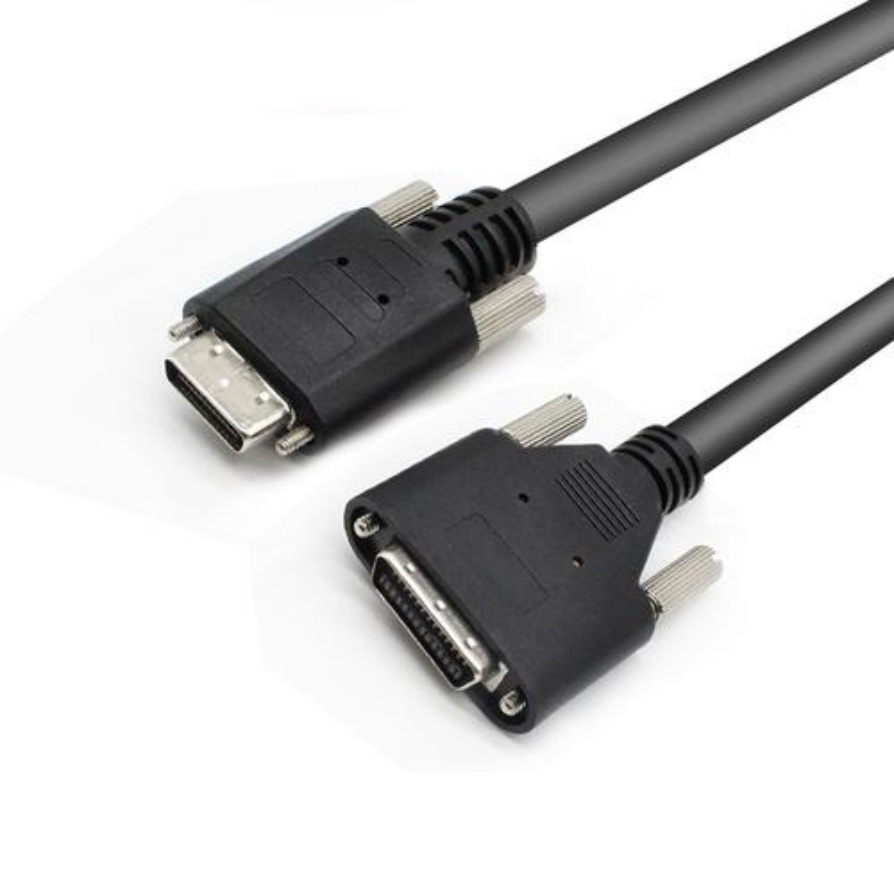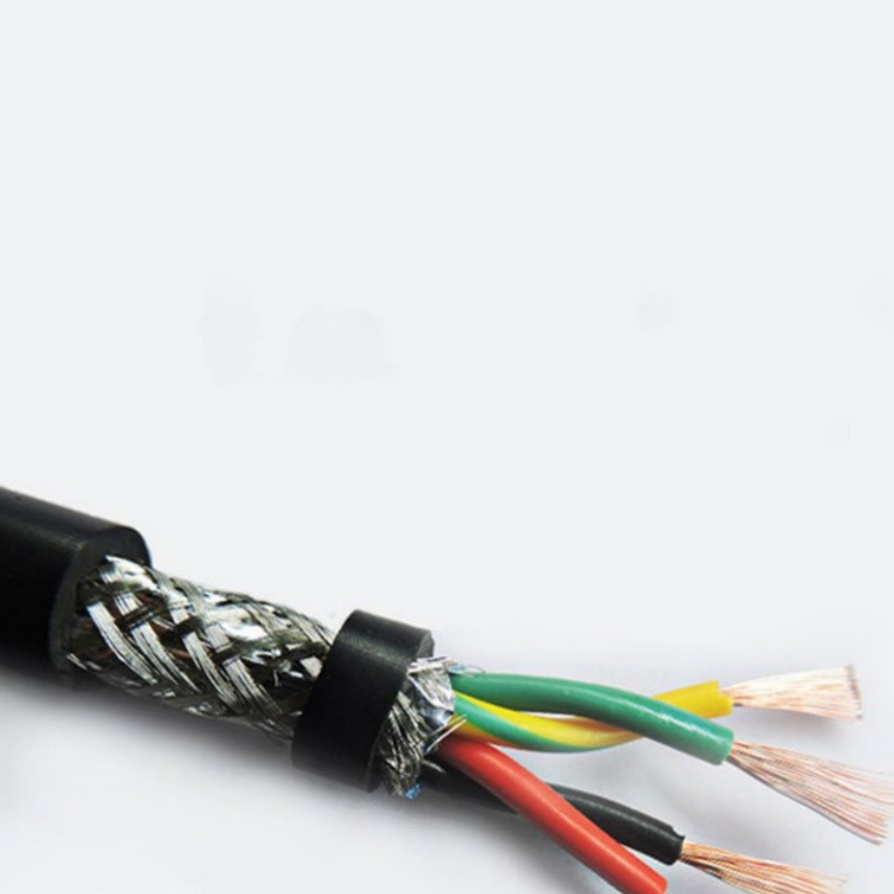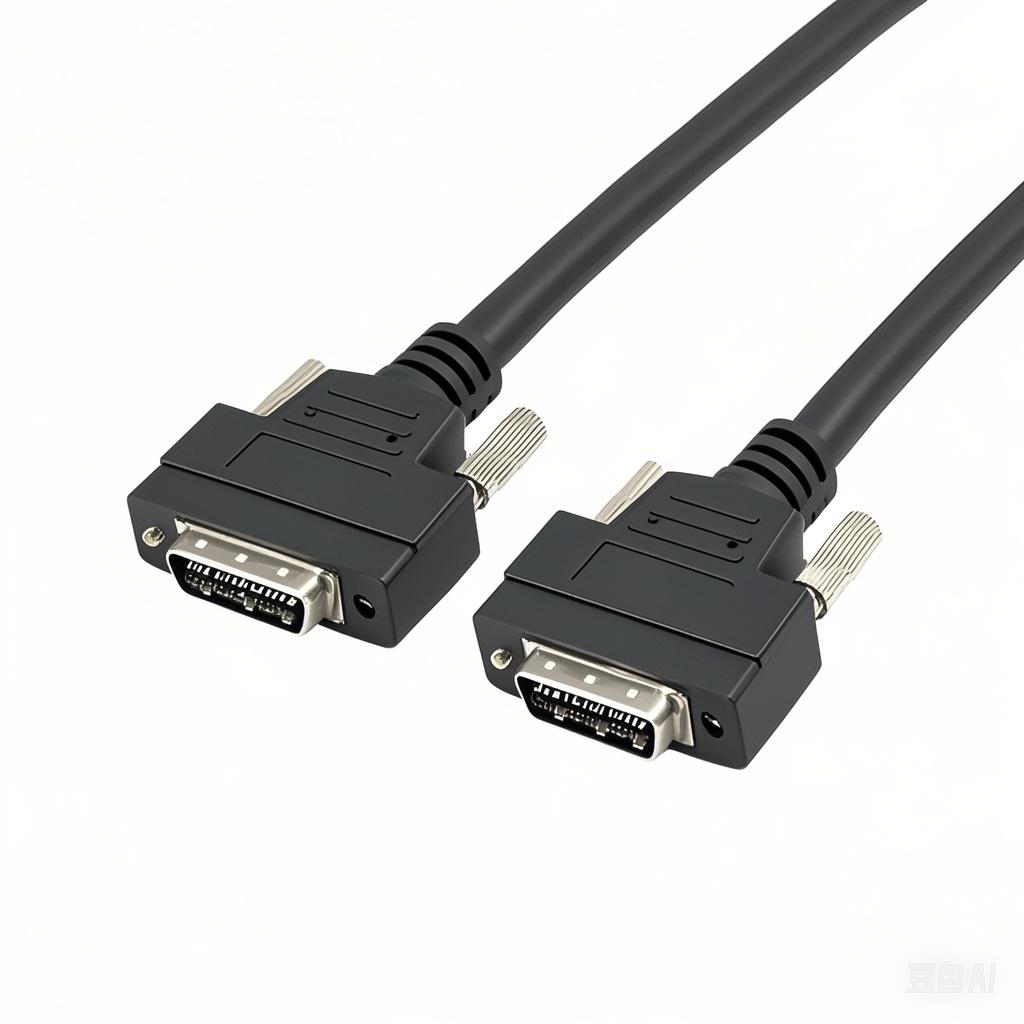What Specifications Define Cables for Stereo Vision Cameras?
Stereo vision cameras play a critical role in applications like industrial inspection, autonomous navigation, and 3D scanning—where precise data transmission between camera modules and processing units is non-negotiable. The cable connecting these components is far from a “one-size-fits-all” accessory; its specifications directly impact signal integrity, durability, and overall system performance. Below is a detailed breakdown of the key specifications to consider when selecting or evaluating stereo vision camera cables.
1. Transmission Type: Matching Data and Power Needs
Stereo vision cameras require cables to transmit two core types of signals: data (for 3D image data) and power (to power the camera modules). The transmission type dictates bandwidth, latency, and distance capabilities.
- Data Transmission Standards:
- USB (3.0/3.1/4.0): Ideal for short-range (up to 5 meters) applications like desktop 3D scanning. USB 3.0+ offers 5–40 Gbps bandwidth, supporting high-resolution image streams without lag.
- Gigabit Ethernet (GigE): Suited for industrial environments needing longer distances (up to 100 meters over Cat5e/Cat6 cables). It balances bandwidth (1 Gbps) and stability, making it a top choice for factory automation.
- CoaXPress (CXP): Designed for high-speed, long-distance data transfer (up to 100 meters at 12.5 Gbps per channel). It is often used in high-throughput scenarios like automotive quality control, where uncompressed 3D data must be transmitted in real time.
- Power Transmission:Many cables integrate power delivery (e.g., USB Power Delivery, PoE—Power over Ethernet) to eliminate the need for separate power cords. This reduces cable clutter and simplifies installation, especially in compact spaces.
2. Connector Specifications: Ensuring Secure and Reliable Connections
The connector is the interface between the cable and the camera/processing unit. Its design affects connection stability, environmental resistance, and ease of maintenance.
- Connector Types:
- USB Type-C: Compact, reversible, and supports both data and power. Common in consumer and lightweight industrial stereo cameras.
- RJ45: Used for GigE cables. It is robust and widely compatible with standard Ethernet infrastructure, making it easy to replace or upgrade.
- M12/M8 Circular Connectors: Industrial-grade connectors with threaded locking mechanisms. They resist vibration and accidental disconnection, making them suitable for harsh factory floors or outdoor use.
- Protection Ratings:Look for IP (Ingress Protection) ratings like IP67 or IP68. These indicate the connector’s resistance to dust and water—critical for cameras used in wet (e.g., food processing) or dusty (e.g., manufacturing) environments.
3. Cable Construction: Balancing Durability and Performance
The physical structure of the cable determines its lifespan, flexibility, and resistance to external interference.
- Conductor Material:
- Tinned Copper: The most common choice. It offers good electrical conductivity and resists corrosion, extending the cable’s life in humid or chemical-exposed settings.
- Oxygen-Free Copper (OFC): Provides slightly better conductivity than tinned copper, making it ideal for high-precision applications where signal loss must be minimized.
- Shielding:Stereo vision data is sensitive to electromagnetic interference (EMI) from motors, machinery, or other electronics. Cables use shielding to mitigate this:
- Twisted Pairs: Reduces crosstalk between internal wires (common in Ethernet and USB cables).
- Aluminum Foil + Braided Shield: Offers dual protection against EMI. The foil blocks high-frequency interference, while the braid (typically copper) shields against low-frequency noise. This is standard in industrial-grade CoaXPress or GigE cables.
- Jacket Material:
- PVC: Cost-effective and flexible, suitable for indoor, low-abrasion environments.
- TPU (Thermoplastic Polyurethane): Resists oil, chemicals, and mechanical wear. It is ideal for cables that move (e.g., on robotic arms) or are exposed to harsh cleaning agents.
4. Environmental Ratings: Adapting to Operating Conditions
Stereo vision cameras operate in diverse environments, so cables must withstand extreme temperatures, moisture, and physical stress.
- Temperature Range:Standard industrial cables handle -40°C to 85°C, covering most indoor and outdoor applications. For extreme environments (e.g., cold storage or foundries), specialized cables with extended ranges (-55°C to 125°C) are available.
- Flexibility:Cables used in moving systems (e.g., robotic vision arms) require high flexibility to avoid fatigue or breakage. Look for “flexible” or “high-movement” ratings, which indicate the cable can withstand thousands of bending cycles without performance loss.
How to Choose the Right Cable?
- Start with your application requirements: Prioritize bandwidth (e.g., CoaXPress for high speed) or distance (e.g., GigE for 100+ meters).
- Consider the operating environment: Select IP-rated connectors and chemical-resistant jackets for harsh conditions.
- Check compatibility: Ensure the cable’s transmission type and connector match your camera model (e.g., a USB Type-C cable won’t work with a GigE-only camera).
Why Choose FRS Factory for Your Stereo Vision Camera Cables?
When it comes to stereo vision camera cables, FRS Factory delivers solutions tailored to your exact needs. We manufacture cables that meet all the critical specifications outlined above—from high-speed CoaXPress and GigE options to industrial-grade M12 connectors with IP68 protection. Our cables use premium tinned copper conductors and dual-layer shielding to ensure zero signal loss, even in EMI-heavy environments. Whether you need a flexible cable for robotic arms or a weatherproof option for outdoor scanning, FRS Factory’s strict quality control and customization capabilities guarantee a reliable, long-lasting product. Partner with FRS to keep your stereo vision systems running at peak performance.


